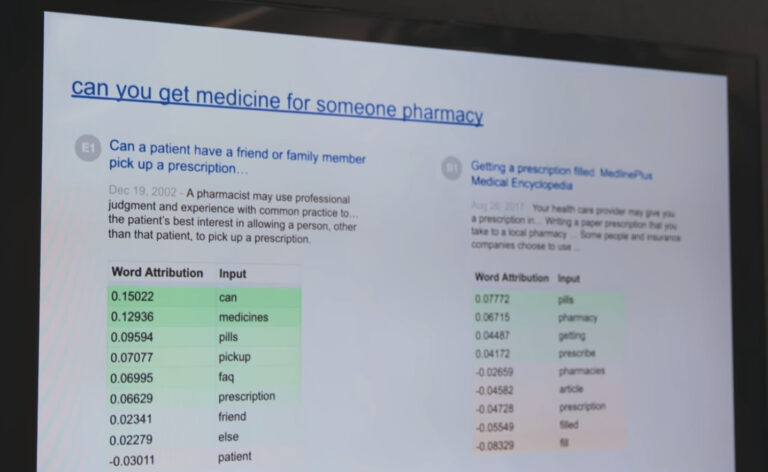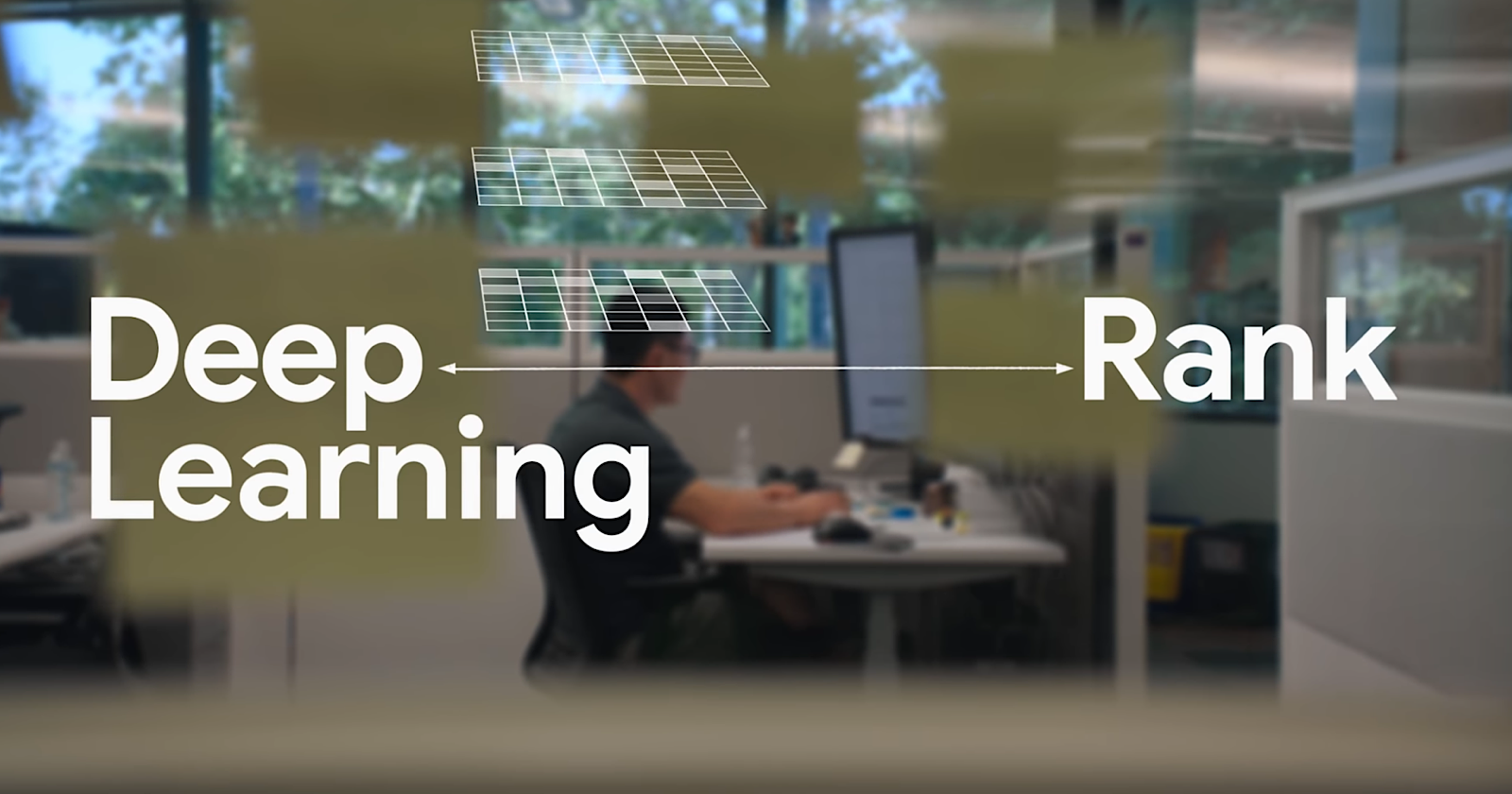Google is revealing new details about the making of its DeepRank algorithm which surfaces more relevant search results by understanding language the way humans do.
DeepRank is discussed in length in a brand new video from Google about how search works.
Among other aspects of search, Google’s video goes over the development, testing, and approval process that each algorithm update goes through.
DeepRank was launched in 2019 as BERT, and is named for the deep learning methods used by BERT and the ranking aspect of search.
Think of DeepRank as the integration of BERT into Google Search. Although it’s not as straightforward as it sounds.
Here’s a recap of what’s shown in Google’s new video.
DeepRank/BERT
DeepRank builds on Google’s existing machine learning and natural language processing capabilities.
Natural language processing allows searchers to enter actual questions the same way they would ask a friend in a text message, for example.
Google has been working on natural language processing for the better part of 20 years, starting first with spelling corrections and understanding synonyms.
Google’s machine learning capabilities have been in development for 10 years.
BERT further enhances search algorithms’ understanding of natural language queries.
Search ranking has come a long way in the past two decades, but prior to BERT algorithms couldn’t understand the subtleties of language as humans do.
DeepRank is the first time Google Search has a signal that understands the relationship between human terms.
Ultimately, it’s designed to make search more intuitive to use and make it feel as though Google understands its users.
Development & Testing of DeepRank
DeepRank picks up on the subtleties of language that come naturally to humans but are difficult to program for.
Google’s search algorithms used to ignore stop words and leave them out of the query.
 Example of stop words in a query being ignored.
Example of stop words in a query being ignored.Over time Google learned those words have an important role in communicating what people are really trying to say.
With DeepRank, people can phrase search queries in a natural way and not run into the problem of machines not getting the subtleties.
In Google’s video an example is shown for the query: “What temperature should you pre-heat your oven to when cooking fish?”
Without DeepRank, Google’s algorithms surface some useful information, but they also get confused.
See in the screenshot below how Google’s older search algorithm returns a page about cookies for a query about fish.
When DeepRank is tested on the query it understands the page is about cookies, not fish, and does not surface the result.


Here’s an example the DeepRank team is especially proud of which involves the query “can you get medicine for someone pharmacy.”
On the left there’s a result which understands and answers the specific query (thanks to DeepRank), and on the right is a more general result about getting prescriptions filled.

DeepRank might sound like a straightforward solution but getting BERT to play nicely with search is not easy, Google says.
DeepRank went through months of testing, and you can see some of it first-hand in Google’s video.
There’s rare behind-the-scenes footage of Google Search engineers meticulously analyzing individual queries to determine if DeepRank is helping or hurting search results.
Any change to search gets a lot of scrutiny, no matter how big or small it may be.
However, Google’s engineers have a finite amount of time to work on this project.
DeepRank, even in testing, requires an enormous amount of computing power. If the team working on DeepRank did not make enough progress in testing, computing resources would have be allocated to another project.
The video has more behind-the-scenes footage of a meeting where the progress on DeepRank is presented to Google’s launch committee.
If you’ve ever wanted to see the process Google Search engineers go through to get updates and changes approved, this might be the best look we’ve had so far.
Google’s committee approved DeepRank for an eventual launch, and the feeling of elation from Google’s engineers was palpable.
See the full video below. The part about natural language processing and DeepRank starts at around the 42-minute mark.





![AI Overviews: We Reverse-Engineered Them So You Don't Have To [+ What You Need To Do Next]](https://www.searchenginejournal.com/wp-content/uploads/2025/04/sidebar1x-455.png)